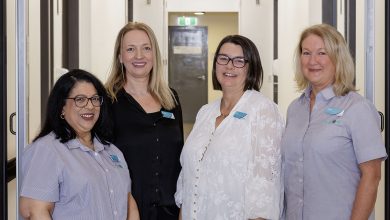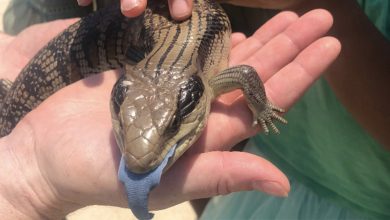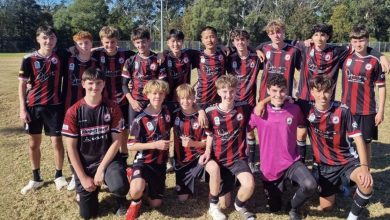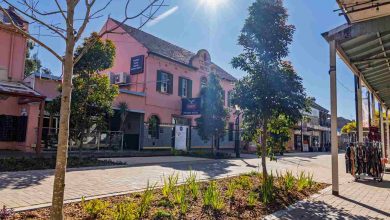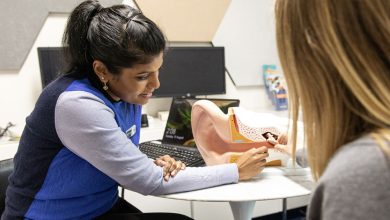History of The Junction
Opposite Bunnings at the junction of Windsor Road and North Rocks Road is an aptly named shopping centre complex – The Junction.
The site has been many things before the centre was built and opened in August 2000. Following the Land Act allowing the Domain to be broken up, parts were sold to William Gourlay, Oakes and T. J. Willis and portion was resumed to allow for the Train line from Westmead station and a depot to be built. The depot was originally for the tramline that followed Church Street to Northmead in 1901 from Platform 4 at Parramatta. It terminated initially at Baulkham Hills where a shed was built. (site of the park in Old Northern Road) and eventually extended to Rogan’s Hill via the Park in Castle Hill in 1910. It was converted to a train line coming across paddocks from Westmead station in 1923.
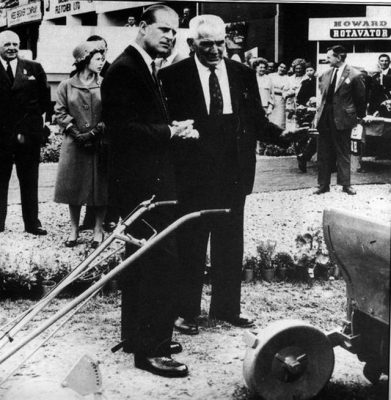
World War I postponed their venture and Howard spent time in England working in munitions and aero engines as he was unfit for military duty due to a prior motorcycle injury. On returning to Australia he continued his experimentation, promoted, and demonstrated his prototype in the wheat farming districts of New South Wales. By 1925 with shareholders prepared to support his work, he had outgrown the Moss Vale site and so sought a factory near Sydney – at Northmead in 1926, bringing his staff with him. He also opened a factory in England in 1938 but due to World War II it was turned over to the war effort to assist with food production. After the war his English factory was the first English company to sell agricultural machinery to the United States. The Northmead works had passed the 100,000 figure by 1966 for production of rotary hoes and other machines gaining markets in Spain, Germany and South America employing near 1000 men. War years at Northmead saw additional activities. They manufactured components for pistols and the Owen sub-machine gun, which was used by the Australian Imperial Forces.
Arthur Cliff Howard was a brilliant engineer, competent financier and excellent at marketing. Technicians who kept abreast of overseas advancements by travelling to see the new techniques staffed his long-term planning, research and development department.
During the 1960s the company, now known as Howard Rotavator and located in the buildings on the Brien’s Road side of the land, made room for J. I. Case to carry on their business. Case occupied the site until 1986-7 when the site became too small for their needs. They moved into their underdeveloped site at St. Mary’s.
By 1996 the site at Northmead was being used by Enviro Metals (scrap metal in the old tram shed), Bellevue upholstery, The Australian College of Entertainment and Tundot Pty Ltd, pine furniture. A small light engineering company was using the original Howard office building. Houses, constructed by Howard for his workers, were demolished in 2007 to make way for a medium density housing complex that now lines the south side of Brien’s Road.

